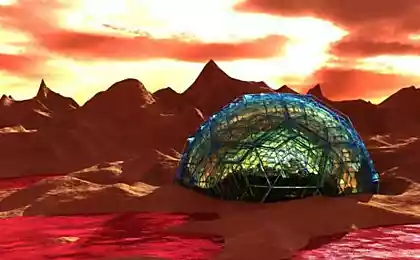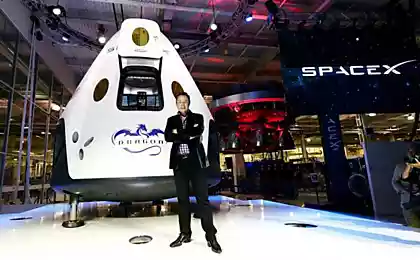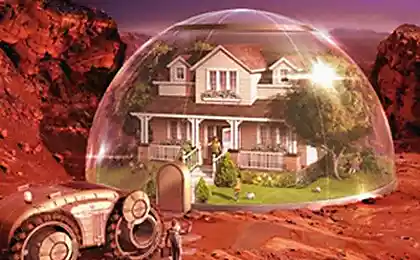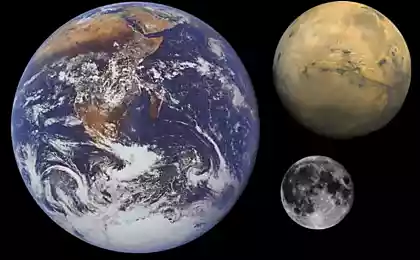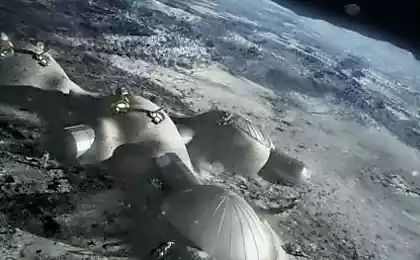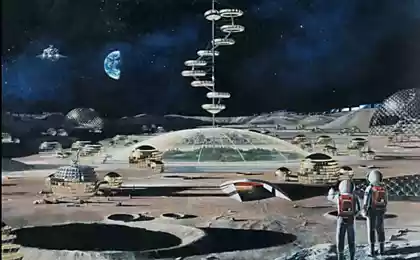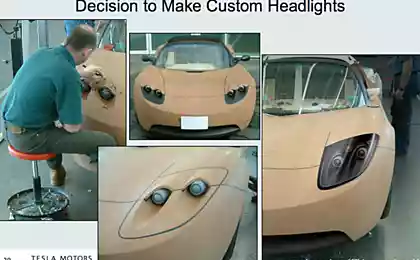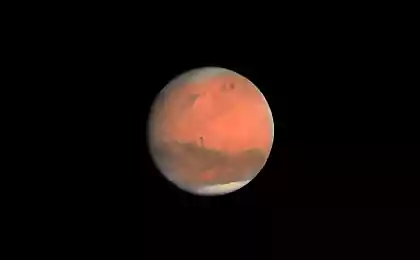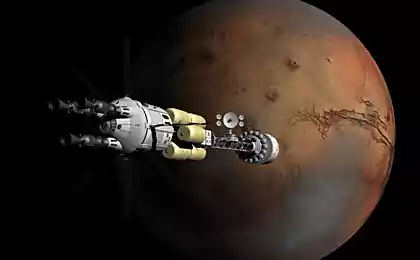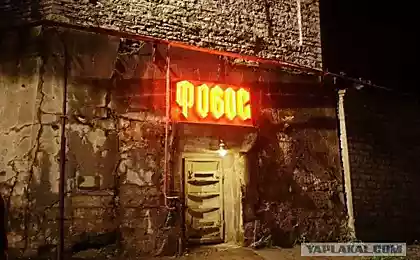153
Journey to Mars: When will man first set foot on the red planet?

Description: From radiation traps to interplanetary architecture, how humanity prepares for the most ambitious leap in history. Analysis of technologies, timing and philosophical challenges of the Martian epic.
Why Mars? A Space Ark for Humanity
The average distance of 225 million km, the gravity of 38% of the Earth and the temperature to -153 ° C – it would seem not the best choice. But Mars remains a prime candidate for colonization thanks to:
- A 24-hour 39-minute day is almost like Earth.
- The presence of water ice under the surface – a key resource for life and fuel
- Possibilities of using local minerals for 3D printing of structures
Chronicle of the Martian race
Back in 1969, Werner von Braun proposed sending 12 astronauts to Mars by 1982. Today, the charts have become more realistic:
- 2033 - China's planned manned mission: cite[6]
- 2040 NASA landmark
- 2050 - the term of creation of the city-millionth according to Elon Musk

7 Key Technology Barriers
- Radiation The dose per 8-month flight is equivalent to 15 years on Earth.
- Gravity. Effects of 0.38g on bone tissue and cardiovascular system not fully understood
- Psychological resilience isolation and communication delay up to 22 minutes
- Energy Nuclear Reactors vs. Solar Panels in 43% Earth Insolation
- ISRU (use of local resources) – production of oxygen from atmospheric CO2
- Terraforming Increase in atmospheric pressure from 0.6% to 10%
- Economy Cost of delivery of 1 kg of cargo: $10,000 (now) → $100 (SpaceX target)
Survival Architecture: What the First Settlements Will Look Like
NASA's Mars Design Reference Architecture 5.0 concept is:
- Underground modules to protect against radiation
- Aeroponic farms with genetically modified plants
- Cyanobacter-based bioreactors for oxygen production

The Ethical Conundrum: Do We Have the Right?
Scientists debate the implications:
- The risk of terrestrial microbes destroying possible Martian life
- Legal status of the colonies – who will own Mars?
- Genetic modification of humans to adapt to 0.38g
Glossary
ISRU Using local resources to reduce dependence on supplies from Earth
Terraforming Climate change to create Earth-like conditions
Aeroponics Growing plants without soil in the air
Mascon concentration of mass below the surface, affecting the orbit of the spacecraft


